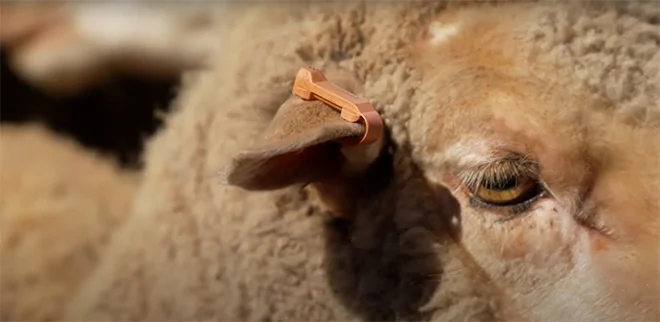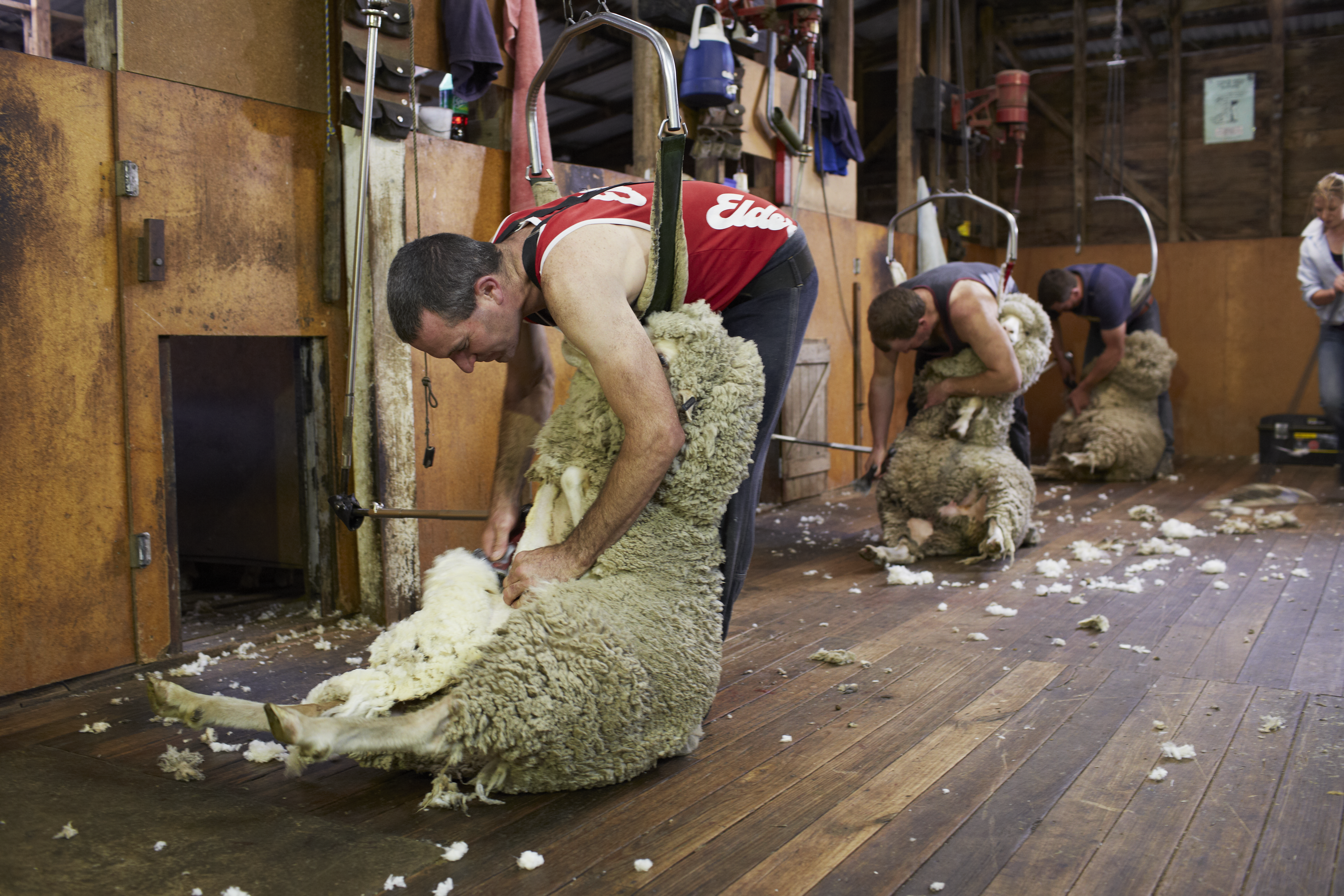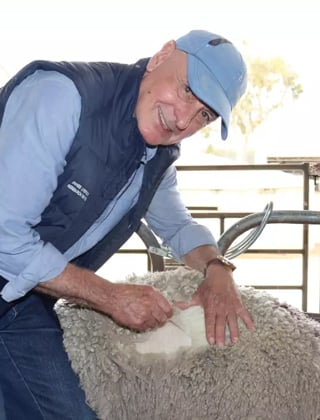Agtech wrap: recent agtech developments for woolgrowers

A few recent agtech developments relevant for woolgrowers to keep you up-to-date with the latest.
We’re committed to keeping you up-to-date with the latest developments in agtech. So in this article, we’ve summarised a few recent developments relevant for woolgrowers. If you’re finding agtech a bit overwhelming, or it's still not delivering enough value for your farm, then here are some of our tips to help you get the most out of agtech to increase your bottom line.
New hand-held device to measure wool micron on-farm
On-farm micron testing is costly, time-consuming and often too impractical to implement. That’s why Adelaide-based technology company, Woven Optics, has developed a hand-held device to measure wool micron on-farm and in real-time.
The device has been in development for the last six years and can be used on or off the animal with almost any length of raw wool. The technology was developed for Australian farms, with no need for cloud or off-site connectivity during use and a rechargeable battery delivering at least eight hours of use before needing to be charged.
Using the device is simple. The user first scans the eID tag of the sheep using the inbuilt eID scanner before using the machine’s hand-held unit to capture an image of the animal’s wool staple. Within 10 seconds, the device automatically generates a micron measurement, as well as associated statistics such as standard deviation, coefficient of variation and comfort factor, all linked to the sheep’s eID number. This data can then be downloaded for record-keeping.
Some of the key benefits of this exciting technology include:
- reducing flock feeding costs by making quicker decisions on which animals to keep or cull;
- the ability to test the whole flock with less labour costs;
- having greater confidence in buying rams if a buyer uses the device on sale day;
- the ability to grade sheep into micron classes for shearing;
- testing wool at shearing in real time to assist the classer to more accurately class the wool clip in terms of fibre diameter; and
- the ability to track micron fibre diameter data on individual animals over their lifetime will allow producers to better manage flock genetics.
Woolgrowers can take multiple measurements from the same staple, or from different locations on the animal – as a predictor of the average micron on the mid-side, or a test of the difference in micron between areas on the same animal. The Woven Optics device is more than 99 per cent accurate compared to industry standard testing devices. Early adopters can begin to use the device today and provide feedback, so get in touch with the company if this is of interest.
Using drones to monitor the health and welfare of sheep
Have you got a drone sitting in the shed not being used or are you considering investing in one to help with checking your sheep? Then it might be worth considering this option to help with checking your ewes during lambing this year.
A recent study by The Department of Primary Industries and Regional Development in WA found that drones can provide high-quality, accurate information on sheep welfare, without disturbing them and causing adverse animal welfare effects. The study also found that the selection of an appropriate drone model is essential for accurate distance examination, with smaller drones found to be the most effective and efficient.
The main benefits of using dones to check on your sheep include:
- increased on-farm biosecurity by not spreading biosecurity risks from people and vehicles moving between the paddocks as often;
- reduced work health and safety risks from farm workers not having to drive as much;
- reduced stress to the animals as they will be less likely to be disturbed then if you checked the livestock in a vehicle; and
- reduced operational costs from the time, fuel and labour savings.
When selecting a suitable drone to help with checking your sheep make sure you pick one that isn’t too big and noisy, and make sure it has a suitable optic quality and resolution to assess the health and welfare of your sheep from a distance. In addition to checking on your sheep, you can also use the drone to check water sources and feed supply.
Wool Harvesting Innovations
AWI continues to invest in wool harvesting technologies to improve workplace safety, animal welfare, boost clip quality and encourage new entrants into the industry. Most of these are still in development but we will continue to keep you posted on any new updates as they come to hand.
In case you missed it, you can check out the latest information on the Biological Wool Harvesting technology in this article we recently shared. You can also read up on AWI’s other wool harvesting technologies, including the modular sheep delivery unit to eliminate catch and drag unit here.
If these agtech options aren’t what you’re after, then you can find, sort and compare loads more agtech options on Agtech Finder or FarmTable.
For more information on the above agtech options, check out the following resources:
- Woven Optics has developed a hand-held device to measure wool micron on-farm in real-time
- Distance examination of livestock with drones - an effective method for assessing health and welfare
- Shearing Innovations with The Wool Industry, Agtech Finder podcast episode
- AWI Wool Harvesting technologies
Georgia Pugh, AWI Extension WA








